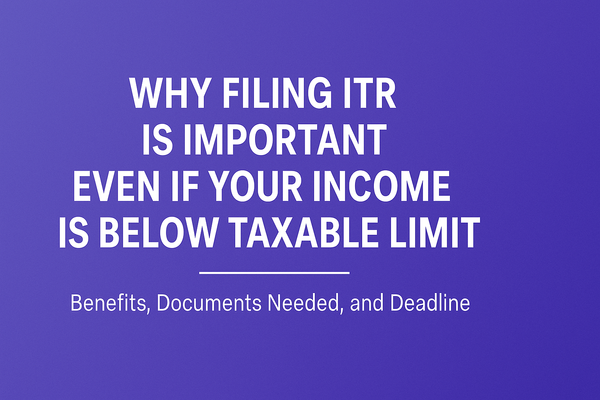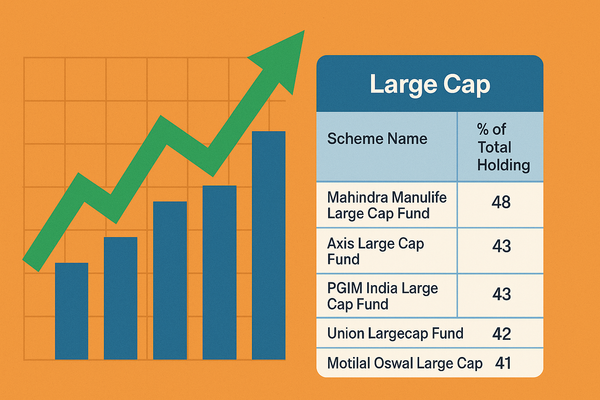Why Your Loan Rate Never Falls as Fast as It Rises: The Hidden Truth Behind RBI Rate Cuts and Bank Profits
Think RBI rate cuts lower your EMI? Not so fast. Learn why banks delay passing on repo rate cuts, how it affects your home loan, and the steps you can take to avoid losing out.

The Reserve Bank of India (RBI) has cut the repo rate to 5.50%. But many borrowers still pay the same EMIs. Why?
The short answer: banks take their time passing on the benefit. When rates rise, they move fast. When rates fall, delays and fine print kick in. Here's how it works.
What Stops Your Loan Rate from Falling?
1. Rate Reset Isn’t Instant
Even repo-linked loans are usually reset once every three months. So if the RBI cuts rates today, your EMI may not drop for up to 90 days.
2. Older Loans Aren’t Repo-Linked
Many borrowers, especially those with loans from before 2019, are still on MCLR-linked rates. These depend on a bank’s internal cost of funds and are reset less often—typically once or twice a year.
3. Some Loans Are Fixed-Rate
Credit cards, personal loans, and many car loans have fixed rates. Repo rate changes don’t affect them at all.
4. Banks Move Faster When Raising Rates
When RBI hikes rates, banks often pass the increase to borrowers almost overnight. But rate cuts? That’s a slower process. This one-sided behavior boosts bank profits.
Example: ₹50 Lakh Home Loan
Let’s see the numbers when banks pass on only part of a repo rate cut.
Loan Details
- Loan Amount: ₹50,00,000
- Tenure: 20 years
- Starting Rate: 8.00% p.a.
- RBI Repo Cut Since 2015: 1.25%
- Passed Through by Banks: ~0.75%
- New Rate: 7.25% p.a.
EMI and Interest Comparison
| Interest Rate | EMI (₹) | Total Interest (₹) | Total Payment (₹) |
|---|---|---|---|
| 8.00% | 41,935 | 50,04,365 | 1,00,04,365 |
| 7.25% | 38,997 | 43,59,280 | 93,59,280 |
Savings
- Monthly EMI saving: ₹2,938
- Total interest saved over 20 years: ₹6.45 lakh
- If full rate cut passed on: EMI could drop to ₹37,800 → extra savings of ₹2.5 lakh over the loan term
Why This Happens
Banks defend the delay by saying their cost of funds doesn’t drop as fast as the repo rate. But when it comes to raising your EMI, they act quickly. The system is built to protect their margins, not your savings.
Borrowers rarely know the exact type of loan they have or when the next reset is due. Many bank employees aren't clear either. This lack of transparency works in the bank’s favor.
What You Can Do
1. Check Your Loan Type
Is your loan repo-linked, MCLR-linked, or fixed-rate? If it's not repo-linked, ask your bank about switching. Most banks allow it for a small fee.
2. Track the Reset Dates
Know when your loan is due for a reset. If the RBI cuts rates but your EMI doesn’t drop, follow up in writing and ask for a rate revision.
3. Consider Refinancing
If your bank doesn’t reduce rates, switch to a lender that offers better terms. A balance transfer can save lakhs over time.
4. Know Your Rights
The RBI requires banks to:
- Explain how rate changes affect EMIs
- Offer switching options
- Share detailed loan statements every quarter
If they don’t comply, raise the issue with the bank’s grievance cell. You can also escalate it to the Banking Ombudsman.
Data Says It All
Since 2015, the RBI has cut the repo rate by 1.25%. Banks passed on only about 60% of that to borrowers. The rest went to their profit margins. When rates go up? They pass on 100%—fast.
Final Word
If you have a loan, don’t assume lower rates mean lower EMIs. Be proactive.
- Read your loan agreement.
- Ask about the reset schedule.
- Compare offers from other banks.
- Push back when things don’t add up.
In banking, what you don’t know will cost you.
Disclaimer: This article is for informational purposes only. Always consult your bank or a certified advisor for specific guidance. Rate policies and loan terms may change over time.




